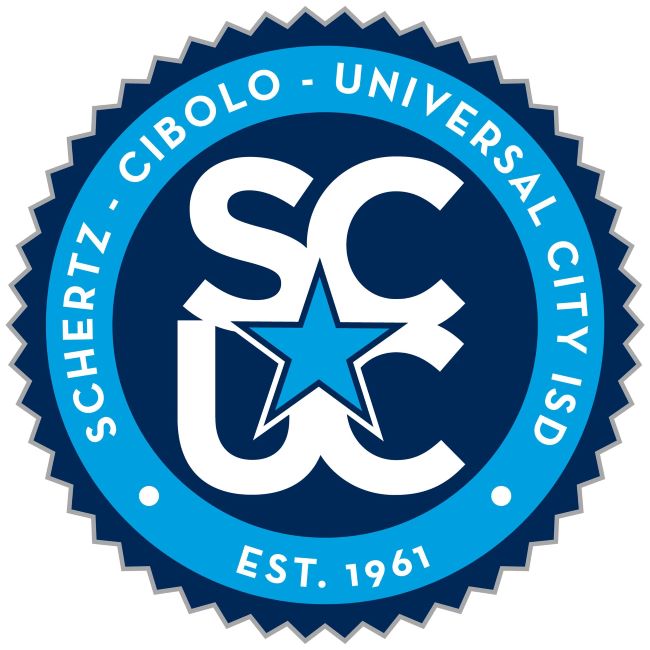Getting It Right: Job Descriptions and the ADA
A well-written and up-to-date job description could be the key to successfully avoiding or fending off an Americans with Disabilities Act (ADA) discrimination case against your district. While the ADA doesn’t require employers to develop or maintain job descriptions, they should be used as an integral part of the district’s efforts to comply with the Act.
Job descriptions should provide accurate documentation of job requirements, physical and mental demands, and duties. This information should be defined prior to any employment action to ensure that decisions are nondiscriminatory and based on job-related factors. The Equal Employment Opportunity Commission (EEOC) has stated that a written job description can be considered as one form of evidence for determining the essential duties or functions of a job. The probability of being used as evidence in investigations and litigation emphasizes the need for job description accuracy and thoroughness.
Essential Functions
Job descriptions should identify the essential functions, which are the tasks that are most necessary for successful job performance and fundamental to the job’s basic purpose. Two primary considerations should be:
- Are all employees in the same position required to perform the function?
- Would the job significantly change if it were removed?
Other questions to ask include:
- Is a significant amount of time spent performing this duty?
- Is this duty directly related to the primary reason the job exists?
- Is this duty highly specialized and must be performed by an individual with specific expertise or ability?
- Can this duty be assumed by another individual or position?
For example, the duties of a receptionist may be to answer and route a high volume of incoming calls on a multi-line phone system, greet and direct visitors to various locations, and occasionally straighten magazines in the reception area. The essential functions are answering and routing calls and greeting visitors because they are the primary reason the job exists. Straightening magazines is not an essential function of this position because it is not fundamental and could be done by someone else.
Reasonable Accommodations
An accurate description of job duties will provide an applicant with a disability the information needed to determine if they can perform the essential functions of the job. Using the job description to guide an interview can help identify limitations to job performance and possible accommodations. Likewise, job descriptions can be used as part of the process for determining reasonable accommodations for current employees. Reasonable accommodations may include:
- Making facilities readily accessible and usable
- Reallocating or redistributing duties to another position or person
- Altering when or how an essential function is performed
- Permitting part-time or modified work schedules
- Acquiring or modifying equipment or devices
- Modifying or adjusting examinations, training materials, or policies
- Providing qualified readers or interpreters
The accommodation process should focus on ways that someone might be able to perform the job function, not on the nature of the disability or assumptions on how individuals with this kind of disability generally might or might not be able to perform the job.
Working Conditions
Identifying significant physical demands, mental demands, and environmental factors of a job is probably the most important element in terms of ADA compliance. Physical demands are the physical actions needed to accomplish primary job tasks and may imply physical attributes as well. Mental demands include conditions of mental discipline required to accomplish primary job functions. These demands should only be included if they are a requirement for accomplishing the essential duties and when they are extraordinary.
Environmental factors should include any extraordinary or adverse factors. Factors present in the usual office or school environment should not be included. Sample checklists, available in the HR Library, can be used to assist in identifying physical demands, mental demands, environmental factors, and equipment used and incorporating these into local job descriptions.
More Than a Description
District employment practices have evolved over the last three decades as a result of the ADA and subsequent amendments. Well-written job descriptions that provide a fair representation of the functions of the job and the conditions in which the job will be performed can be an effective management tool in navigating these ever-changing waters. Revising them periodically and knowing how to use them strategically in ADA discrimination claims, interviews, and the accommodations process can help ensure successful outcomes.
HR Services’ members have access to over 160 model job descriptions to use when creating or updating local job descriptions. These models are available in Word and should be used to accurately reflect local job assignments, qualifications, and working conditions. Additional information, including templates, sample level-cutter statements, and writing suggestions are also available.

Keith McLemore
Keith McLemore joined HR Services in 2015 and assists districts with compensation planning and development. He has 17 years of experience traveling the state supporting public education employees.
McLemore received a bachelor’s degree from Southwestern University and a master’s degree from Texas Tech University, both with a focus on research analysis and design. He is a SHRM-CP.
HR Services

Subscribe to HRX
Stay up to date with all the latest HR news and trends by joining the HRX mailing list!





